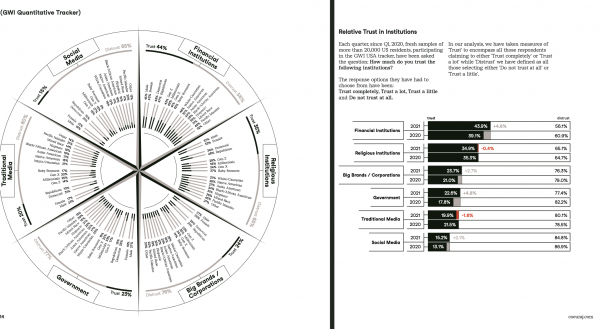Essay by Andrew Imbrie, Daniel Baer, Andrew Trask, Anna Puglisi, Erik Brattberg, and Helen Toner: “…History is rarely forgiving, but as we adopt the next phase of digital tools, policymakers can avoid the errors of the past. Privacy-enhancing technologies, or PETs, are a collection of technologies with applications ranging from improved medical diagnostics to secure voting systems and messaging platforms. PETs allow researchers to harness big data to solve problems affecting billions of people while also protecting privacy. …
PETs are ripe for coordination among democratic allies and partners, offering a way for them to jointly develop standards and practical applications that benefit the public good. At an AI summit last July, U.S. Secretary of State Antony Blinken noted the United States’ interest in “increasing access to shared public data sets for AI training and testing, while still preserving privacy,” and National Security Adviser Jake Sullivan pointed to PETs as a promising area “to overcome data privacy challenges while still delivering the value of big data.” Given China’s advantages in scale, the United States and like-minded partners should foster emerging technologies that play to their strengths in medical research and discovery, energy innovation, trade facilitation, and reform around money laundering. Driving innovation and collaboration within and across democracies is important not only because it will help ensure those societies’ success but also because there will be a first-mover advantage in the adoption of PETs for governing the world’s private data–sharing networks.
Accelerating the development of PETs for the public good will require an international approach. Democratic governments will not be the trendsetters on PETs; instead, policymakers for these governments should focus on nurturing the ecosystems these technologies need to flourish. The role for policymakers is not to decide the fate of specific protocols or techniques but rather to foster a conducive environment for researchers to experiment widely and innovate responsibly.
Democracies should identify shared priorities and promote basic research to mature the technological foundations of PETs. The underlying technologies require greater investment in algorithmic development and hardware to optimize the chips and mitigate the costs of network overhead. To support the computational requirements for PETs, for example, the National Science Foundation could create an interface through CloudBank and provide cloud compute credits to researchers without access to these resources. The United States could also help incubate an international network of research universities collaborating on these technologies.
Second, science-funding agencies in democracies should host competitions to incentivize new PETs protocols and standards—the collaboration between the United States and the United Kingdom announced in early December is a good example. The goal should be to create free, open-source protocols and avoid the fragmentation of the market and the proliferation of proprietary standards. The National Institute of Standards and Technology and other similar bodies should develop standards and measurement tools for PETs; governments and companies should form public-private partnerships to fund open-source protocols over the long term. Open-source protocols are especially important in the early days of PET development, because closed-source PET implementations by profit-seeking actors can be leveraged to build data monopolies. For example, imagine a scenario where all U.S. cancer data could be controlled by a single company because all the hospitals are running their proprietary software. And you have to become a customer to join the network…(More)”.

